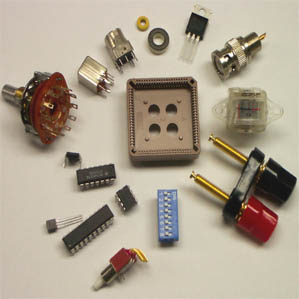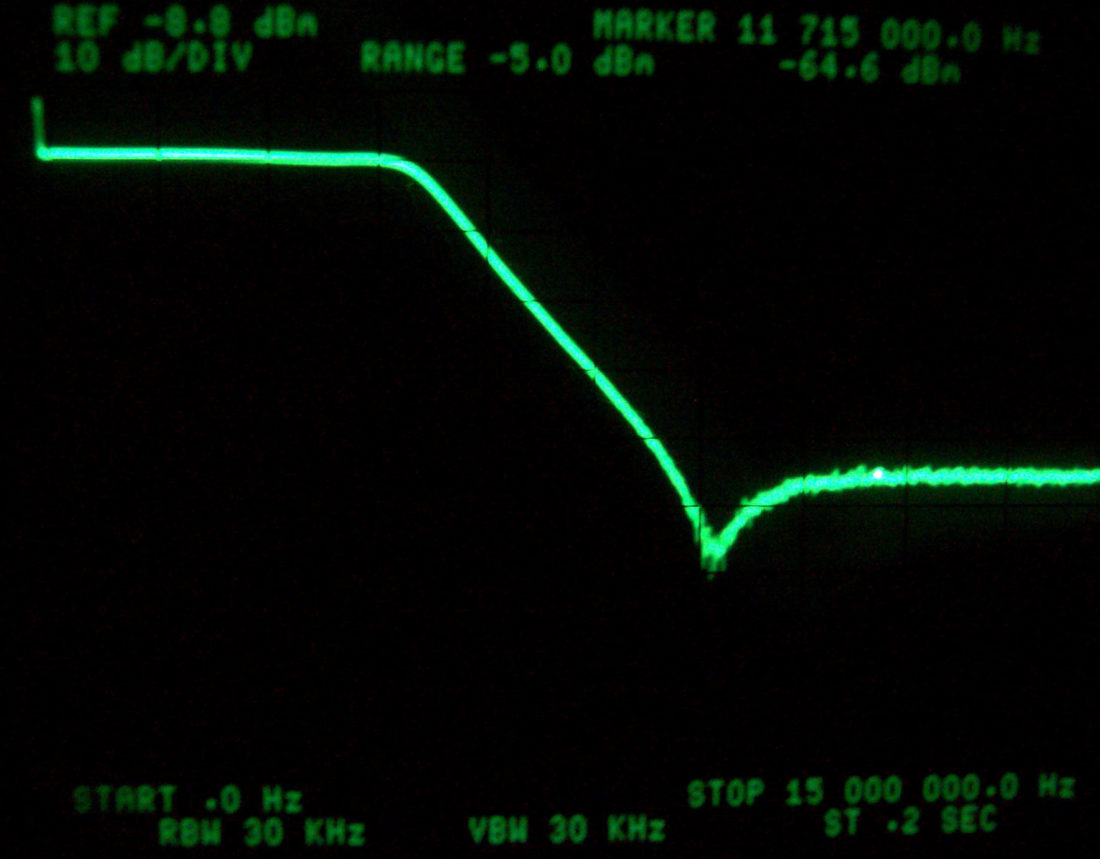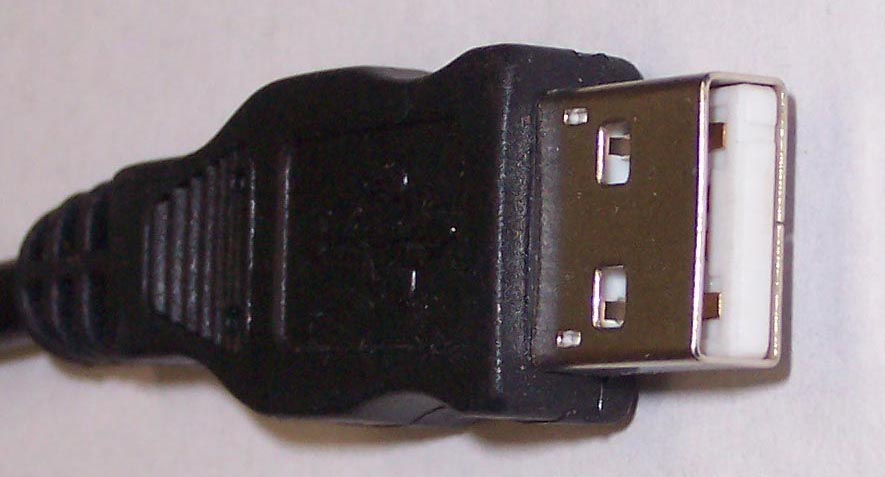
GRAY CODE WHAT IS IT, AND WHERE IS IT USED
GRAY CODE WHAT IS IT, AND WHERE IS IT USED
BY: Don McClatchie
Gray Code is employed in many electronic devices that use rotary switches for position encoders. The Gray Code also called “reflected binary code” or (RBC) was named after Bell Labs researcher Frank Gray who took out a patent application for it before it had a formal name. This code was built up by using binary code altered by a reflection process. This process has also been referred to as “minimum error code” and “cyclic permutation code” and “Bell Telephone Gray Code”.
This code was designed to eliminate the possible errors caused by none ideal mechanical switches. Mechanical switches that output binary results suffer from one main problem, errors caused by multiply contacts not being in synchronicity so that the switches don’t make and brake at precisely the same time so it is possible to get wrong readings from them when switching from one number to the next. Take the number 3 to 4 transition in binary switching as a prime example, in binary the switch contacts would go from “011” binary to “100” binary that is a change of all three switch contacts with different make and break times, a data system could read any one of 8 different combinations of numbers at the time of switch transition.
Take a close look at the nature of the Gray Code next to Binary, Decimal, Hexadecimal, Octal, and Binary Coded Decimal coding. Notice that going from one number to the next only requires a one bit change.
Gray Code Binary Decimal Hexadecimal Octal Binary Coded Decimal
0000 0000 0 0 0 0
0001 0001 1 1 1 1
0011 0010 2 2 2 2
0010 0011 3 3 3 3
0110 0100 4 4 4 4
0111 0101 5 5 5 5
0101 0110 6 6 6 6
0100 0111 7 7 7 7
1100 1000 8 8 10 8
1101 1001 9 9 11 9
1111 1010 10 A 12 —-
1110 1011 11 B 13 —-
1010 1100 12 C 14 —-
1011 1101 13 D 15 —-
1001 1110 14 E 16 —-
1000 1111 15 F 17 —-
This coding has also been used in code groups to reduce errors in data transmission.




